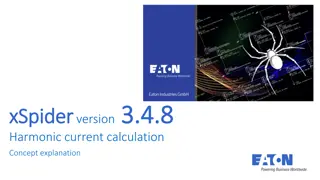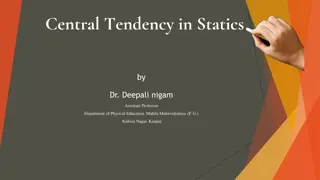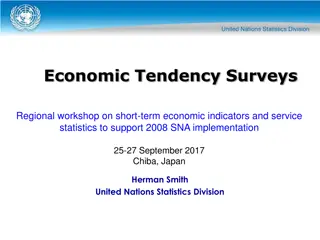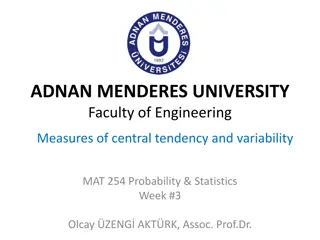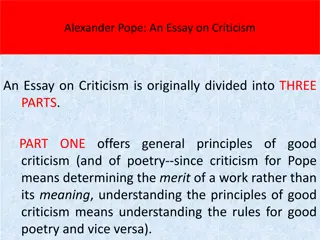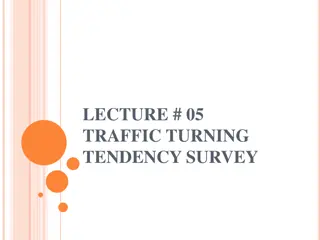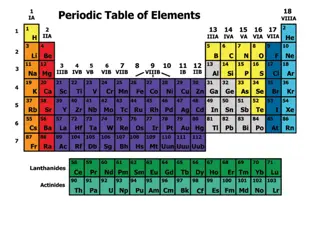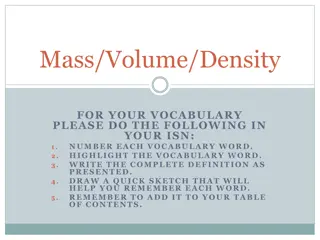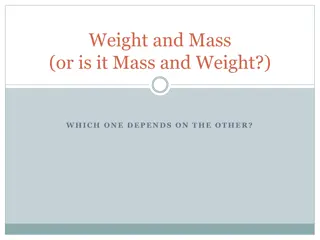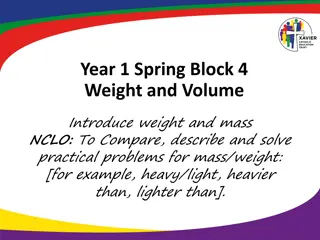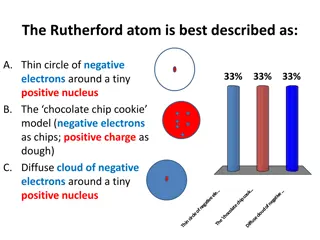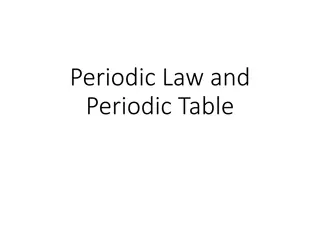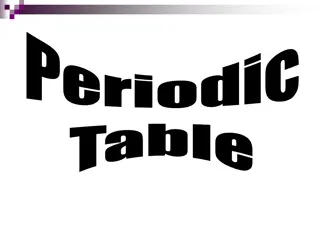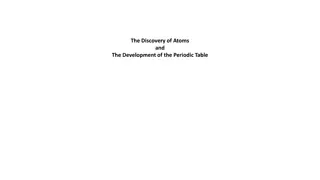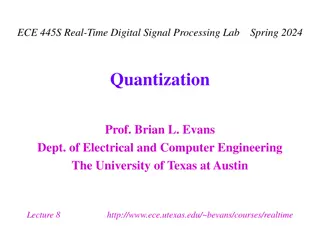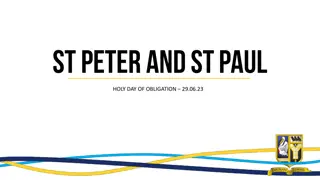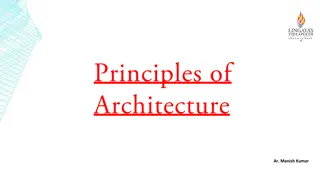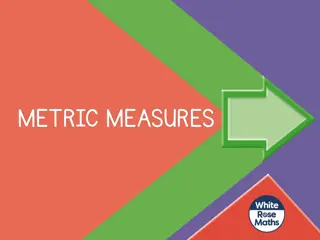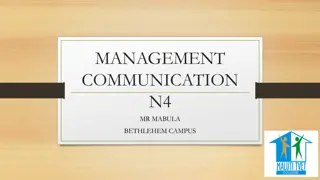Analysis of Harmonic Tendency in Pope Marcellus Mass by Dmitri Tymoczko
Arguing the gradual development of functional harmony from 1500-1700 and beyond, Tymoczko discusses the influence of Ionian-mode music and the extroverted polyphony in the celebrated Pope Marcellus Mass. Delving into the harmonic character and interpretive challenges of the piece, he explores the 6.5/4.3 idiom and its usage in different musical settings, contrasting Palestrina and Josquin's approaches.
Download Presentation

Please find below an Image/Link to download the presentation.
The content on the website is provided AS IS for your information and personal use only. It may not be sold, licensed, or shared on other websites without obtaining consent from the author. Download presentation by click this link. If you encounter any issues during the download, it is possible that the publisher has removed the file from their server.
E N D
Presentation Transcript
http://dmitri.tymoczko.com HARMONIC EXTROVERSION IN THE POPE MARCELLUS MASS Dmitri Tymoczko Princeton University
http://dmitri.tymoczko.com SUMMARY OF LAST YEAR S TALK Argued that functional harmony arises extremely gradually over the years 1500 1700, and continues to change thereafter. Around 1500 one starts to find Ionian-mode popular music exhibiting rudimentary functionality : An emphasis on root position I, IV, V behaving functionally (Dalza, Frottola, etc.) By the mid-1500s, one starts to find this music influencing that of the learned tradition.
http://dmitri.tymoczko.com POPE MARCELLUS MASS Perhaps the most celebrated example of extroverted polyphony. Many commentators use functional language when discussing it. invariably hedged with scare quotes or other signs of rhetorical nervousness
http://dmitri.tymoczko.com HARMONIC TENDENCY
http://dmitri.tymoczko.com POPE MARCELLUS MASS This harmonic character of the piece opens interesting interpretive problems on the local level.
http://dmitri.tymoczko.com THE 6 5/4 3 IDIOM Progression occurs 6 times in the Christe eleison section.
http://dmitri.tymoczko.com THE 6 5/4 3 IDIOM
http://dmitri.tymoczko.com THE 6 5/4 3 IDIOM 6 4 3 The contrapuntal formation though perfectly sensible linearly, almost never appears in Palestrina s music. Once in 7 masses (~12,000 chords, 0.01%) Much more frequent in Josquin. It is disfavored for harmonic (rather than contrapuntal) reasons. How do we characterize this? E.g. Is it that the G-C-E sonority is a tonic?
http://dmitri.tymoczko.com CONCLUSIONS 1 Sixteenth century music is polystylistic across modes and genres. Composers had the option to draw upon popular proto-functional harmony. When they did, we find an abundance of root position I, IV, and V chords behaving functionally. Suggests an awareness of harmonic style as a compositional parameter. This is particularly interesting given the legends surrounding the MPM.
http://dmitri.tymoczko.com CONCLUSIONS II The style we teach in sixteenth-century counterpoint classes is fictional: Combines the harmonic freedom of Josquin with the contrapuntal systematicity of Palestrina. Jeppesen: The line is undoubtedly the starting-point of Palestrina's style. The exactions arising out of harmonic aspects are really only intended to ensure the sonority of the individual harmonic moments. Harmonic does not signify here any independent sphere of interest; chords had not yet reached a stage where they had their own vigorous life, as in Bach's works (p. 84).
http://dmitri.tymoczko.com PROPOSAL We should consider replacing the opposition Renaissance/Baroque with a tripartite division that recognizes the proto-tonal period from 1550 1650 as its own unique era.
http://dmitri.tymoczko.com http://dmitri.tymoczko.com/palestrina.pdf Thank you!
http://dmitri.tymoczko.com APPENDIX: WHAT IS HARMONY? Regularities that cannot be explained by linear factors or dissonance treatment. Three different classes: Universal regularities independent of scale degree E.g., the 6-5/4-3 idiom Regularities attached to specific triads C major tends to move to F major regardless of mode. Regularities relative to scale degree The 5/3 chord on ^5 tends to move to the 5/3 on ^1 .




